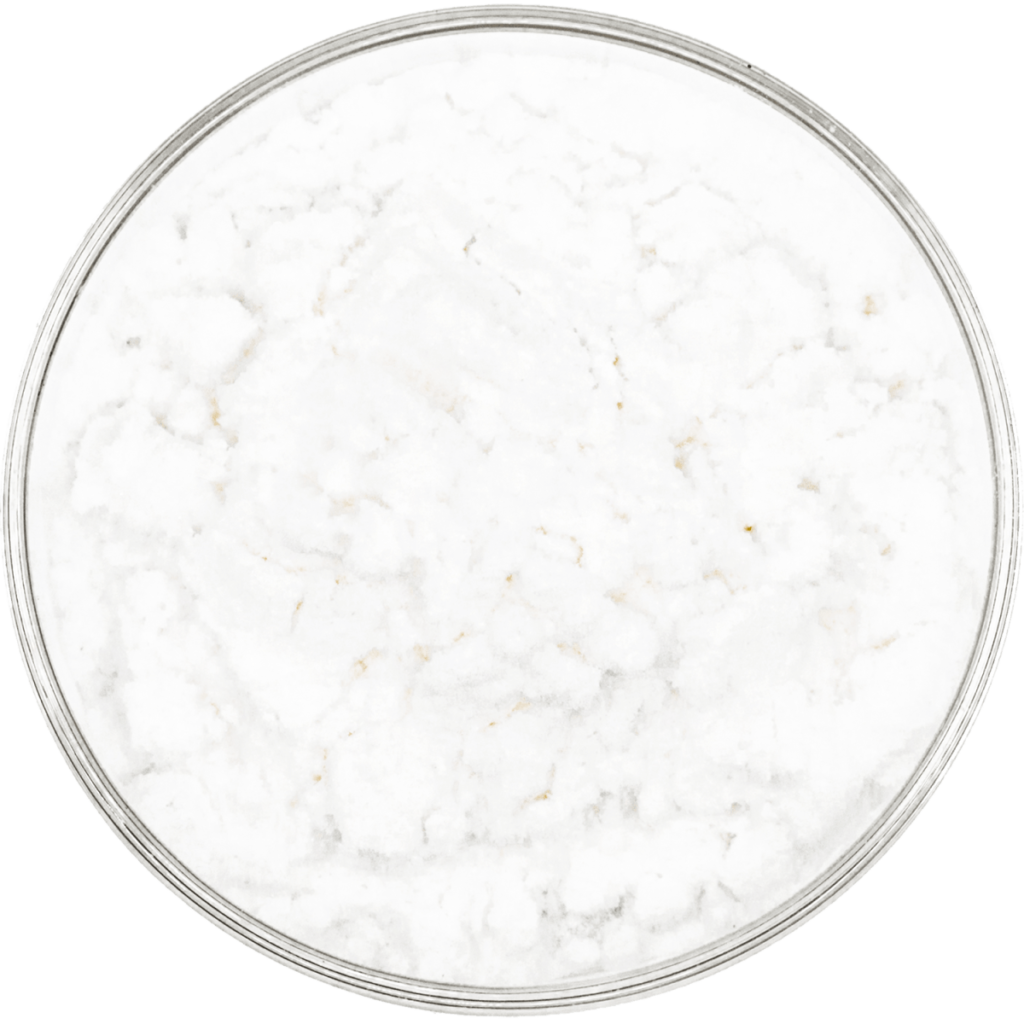HOW TO GROW THC AND CBD CRYSTAL
WHAT EXACTLY IS CRYSTALLINE ISOLATE?
Crystal Bona Isolate is a highly pure type of cannabis extracted with CO2 or butane/propane. Crystalline can contain up to 99.97 percent THC or CBD depending on the use and is available in both THC-A and CBD.

This high-potential product may appear extravagant to some, yet it is quite appealing to many. Medical marijuana patients are actively pursuing the benefits of higher doses, whilst veteran smokers may be yearning for a new high level. Whatever its application, Crystal Bona isolate is an exciting development in cannabis chemistry and the creation of novel means of consumption free of toxic solvents and carcinogens.
Shop CBD Crystalline and CBD Isolate Now
While CO2 and hydrocarbon extraction and distillation can produce extracts that are exceptionally rich in THC and CBD, THC-A and CBD crystalline opens up new possibilities for storage and market use. For example, when employing Crystal Bona isolate, storage is much more convenient, dabbing is less messy, and incorporation into foods and topicals is much easier (presuming you have decarboxylated your crystals). Did I mention it’s also quite attractive to look at?
SO, HOW DO THEY MANUFACTURE THIS STUFF?
You may be familiar with extractions; if not, read this article about the two basic forms to refresh your memory. In any case, in order to produce Crystal Bona, you must begin with a cannabinoid-rich cannabis extract.
To save time and money, A-grade flowers with a high THC-A or CBD count (depending on what you’re isolating) should be blasted with CO2 or butane/propane to extract the most cannabinoids from the plant material. The crude oil recovered isn’t totally “clean,” and it usually contains a considerable quantity of waxes and lipids emulsified within it. After winterizing the crude oil and filtering out the primary waxes and lipids, we’d have cannabis extract that could be used in a vape cartridge or dabbed on a rig. This oil, on the other hand, will contain 65-90 percent THC or CBD while remaining viscous/fluid. To solidify the cannabinoids from the residual non-cannabinoid material, we must take the cannabis extract, add different solvents in stages, and run it through a variety of filtrations.
The first step is to combine your cannabis extract with acetic acid and hexane, which will function as a solvent to separate the dissolved plant materials from the THC/CBD. After the mixture has settled, it is filtered, and the leftover fluid is placed in a roto-vape, where the acetic acid and hexane are evaporated. The remainder of the mixture will be mostly Delta-9 THC-A or CBD-A.
Chromatography is used to separate impure constituents of the solution from the desired cannabinoids in order to further purify the extract. Chromatography (which sounds hard but isn’t) is a chemical technique that uses different materials and media to separate distinct components within a solution based on their affinity to the different filter mediums and density (similar to a regular water filter). In the case of THC-A, chemists use Sephadex-LH20, dichloromethane, and chloroform to further clear the cannabis extract into cannabinoids and solvent free of plant debris.
The leftover solvent from the combination must be evaporated, so it is reintroduced into the roto-vape, where it crystallizes. Following that, the Crystal Bona are subjected to a succession of chemical washes, filtrations, and roto-vaping to make them digestible.
The crystals are dissolved in methanol after chromatography, then filtered and roto-vaped to remove the methanol. Following that, pentane is used to eliminate any remaining non-THC or non-CBD material before roto-vaping for the final time. The end result was white Crystal Bona that tested at 99.97 percent cannabinoid.
The only catch is that you won’t have the accompanying terpenes, so you won’t get the “entourage effect” that cannabis flower gives. If you want to recreate the feeling, you can reinsert cannabis terpenes into your food or simply soak it in “terp sauce.” Disclaimer: The chemicals listed above are caustic and dangerous, and this page is solely for informational purposes. This is not something we encourage you to try. This is not a how-to guide.




